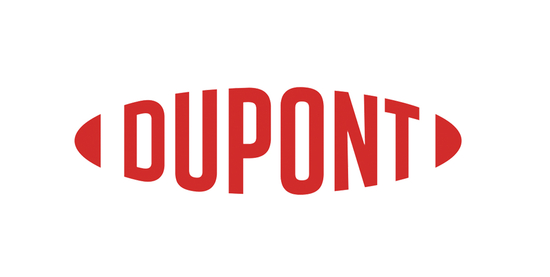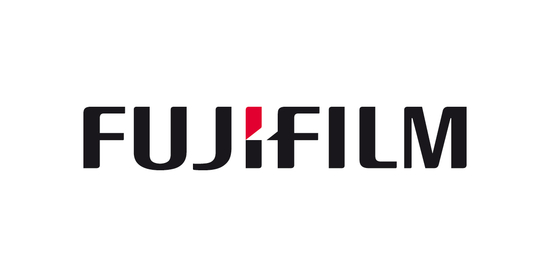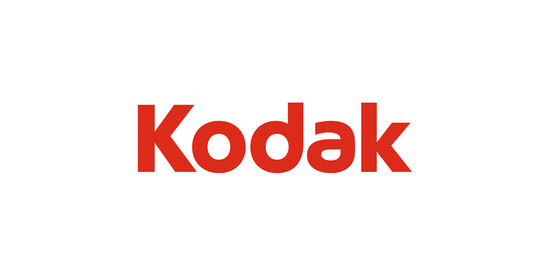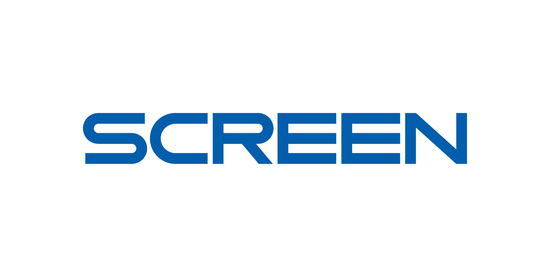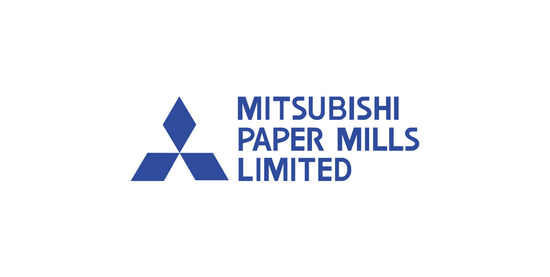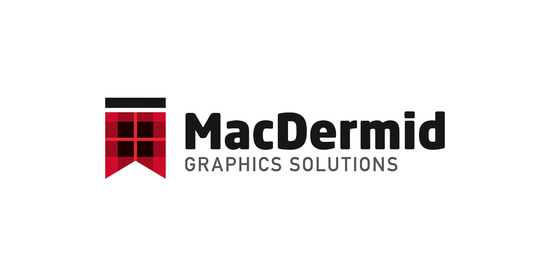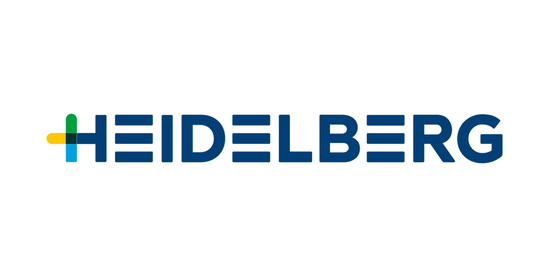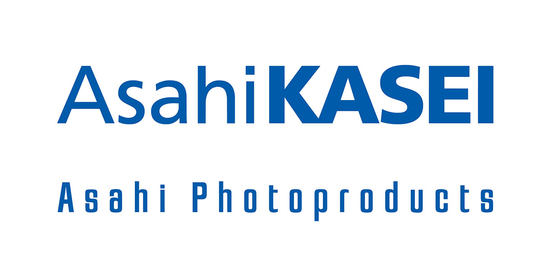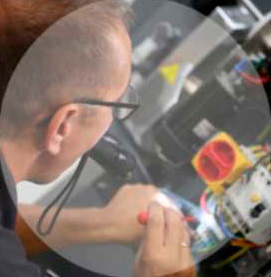- About Us
- Products
- Support
- News
- Investor
- Contact
^
Packaging Solutions - corrugated
Why use flexographic printing for printing on corrugated products?
What are the advantages of automation in flexography?
What is flexography?
Flexography is a form of printing using flexible photopolymer plates or sleeves with a 3D relief to transfer an image to a given material. A wide variety of inks, including fast drying water-based inks, can be printed onto a wide variety of materials, including plastic, metallic foils, cellophane, and paper. It is designed for printing small or large quantities quickly and is also well suited to printing large areas of solid color. The main applications are within the packaging industry such as labels, flexible plastic and paper packaging, corrugated cardboard, plastic bags and folding carton.
Why use flexographic print?
Flexography is the most popular process used to print packaging and product labels, as it is cost effective when printing small or large quantities and offers superb quality. Fine details and a rich palette of colors are attainable with the precision obtained by using flexographic plates. This attention to detail and quality is particularly important in food packaging, as it is the image on the package which attracts the customer and sells the product.
Flexographic printing produces high quality impressions with images at 133, 150 or 170 line screen onto a wide variety of substrates, and is often used to print images with 6, 7 or more different colors of ink, instead of being limited to the traditional 4 colors used in other types of printing. This enables flexographic prints to achieve a brightness and depth of color with a wider gamut compared to standard CMYK color printing.
Why use flexographic printing for printing on corrugated products?
Flexographic (flexo) printing is the more common form of printing on corrugated materials, due to the price of production and excellent image quality. It is suitable for both small and large runs and offers the advantage of being able to accommodate anything from 1 and up to 6 different colors of ink, giving superior images directly on corrugated cardboard.
Glunz & Jensen Degraf offers an extensive selection of prepress plate making equipment for corrugated products. We offer exposure units, processors, dryers and light finishers for the entire range of corrugated product plate sizes, e.g. 900 x 1200 mm (36 x 47”), 1200 x 1530 mm (47 x 60”) and 1320 x 2030 mm (52 x 80”). In addition, our portfolio includes tables to measure the relief depth of the plate.
What are the advantages of automation in flexography?
Dedicated automation equipment and in-liner assemblies in flexo prepress reduce operator intervention during plate production, increasing efficiency, while reducing production waste and time. Though automation in flexo prepress is in its infancy, Glunz & Jensen has many years experience and expertise in creating fully automated systems for the offset industry and has begun pioneering projects in the flexo industry.



